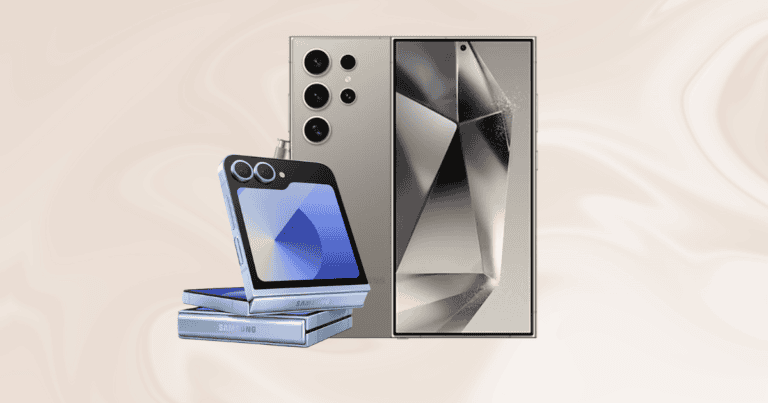As we evaluate the landscape following the launch of Apple’s Vision Pro, the augmented reality (AR) sector stands on the brink of a transformative era. This pivotal moment challenges us to ponder how upcoming innovations will build upon the solid foundation laid by current technologies. Particularly intriguing is the potential for AR to seamlessly integrate into daily life, enhancing both productivity and leisure. The implications for industries such as healthcare, education, and entertainment are vast and ripe for exploration. How will these sectors evolve as they leverage the power of advanced AR applications? The answers to these questions will shape the future of technology.
Vision Pro’s Market Impact
The introduction of Apple’s Vision Pro is poised to reshape the augmented reality headset market, with projected sales of 225,000 units in 2024. This launch not only underscores the growing significance of AR headsets in tech consumption but also marks a significant shift toward broader AR adoption.
By integrating seamlessly with Apple’s existing ecosystem, the Vision Pro is set to catalyze industry innovation, pushing competitors and new entrants to elevate their offerings. This ripple effect in the AR scene is anticipated to expand the market substantially, setting new benchmarks for what consumers expect in AR experiences.
Such industry dynamics underscore the Vision Pro’s pivotal role in not just participating in but actively molding the future trajectory of augmented reality technology.
Enhanced User Experiences
Building on the market impact of Apple’s Vision Pro, enhanced user experiences are now at the forefront of AR technology advancements. The integration of wearables and smart glasses with spatial computing has paved the way for more intuitive and immersive AR interactions. This synergy amplifies the capabilities of devices, pushing the boundaries of what immersive technologies can achieve.
Wearables Integration: Seamless connectivity between devices like smartwatches enhances the functionality and control within AR environments.
Smart Glasses: Improved processing power and control through integration with smartphones and wearables.
Spatial Computing: Enables more natural and intuitive interactions in augmented reality.
AR Interactions: Enhanced by the robust ecosystem of connected wearables.
Immersive Technologies: Driven by the advancements in hardware and software integration, providing deeper user engagement.
Enterprise Applications Unveiled
Apple Vision Pro is transforming enterprise applications by introducing immersive experiences across various industries such as healthcare, education, and architecture. This powerful XR technology is not just enhancing the way professionals work but is revolutionizing high-value use cases.
For instance, surgical simulations in healthcare are becoming more precise, allowing for better training and preparation. In education, immersive learning experiences engage students more deeply than ever before. Architects can visualize buildings in stunning detail before they are built, improving design accuracy and client communication.
Industry experts are recognizing the Apple Vision Pro as a pivotal tool in enterprise domains, driving efficiency and setting new benchmarks in interactivity and productivity. This is a significant leap forward for enterprise applications.
Vision Pro’s Technological Innovations
Exploring further, Vision Pro’s technological innovations set new benchmarks in augmented reality with its advanced eye-tracking and spatial audio capabilities. These features not only enhance user interaction but also deepen the immersion within virtual environments to a large extent. Vision Pro, with its suite of cutting-edge attributes, represents a notable leap forward in AR technology.
- Advanced Eye-Tracking Technology:
Enables precise control and navigation within augmented environments, enhancing user engagement. - Spatial Audio:
Delivers realistic and immersive soundscapes that change dynamically with user movement. - Wide Field of View:
Expands the user’s visual field, making AR experiences more lifelike and encompassing. - Lightweight Design:
Ensures comfort for prolonged use, facilitating longer interaction periods without strain. - High-Resolution OLED Display:
Offers vivid, sharp visuals, elevating the clarity and impact of augmented content.
Consumer Adoption Rates
Consumer adoption rates for augmented reality technologies like the Vision Pro are gradually increasing, driven by improvements in device affordability, usability, and overall value perception.
Market trends highlight a significant uptick in consumer interest, particularly with the introduction of accessible and advanced AR devices by major players like Apple. The Vision Pro, with its sophisticated features and user-friendly interface, has played a pivotal role in shaping market dynamics and setting new standards within the industry.
As AR technology continues to evolve, the blend of enhanced functionality and compelling content offered by devices such as the Vision Pro is expected to further boost consumer adoption rates, solidifying AR’s position in the everyday tech landscape.
Vision Pro in Entertainment
As consumer adoption rates increase, the Vision Pro by Apple is redefining the landscape of entertainment with its advanced augmented reality capabilities. The integration of immersive entertainment technologies such as spatial video and spatial audio with Apple’s high-definition display transforms traditional viewing into a deeply engaging experience. This shift not only enhances the visual and auditory aspects of entertainment but also notably enhances the emotional impact on the audience.
Spatial Video: Creates a 3D cinematic space around the viewer, enhancing realism.
Immersive Entertainment: Engulfs users in experiences, making them part of the action.
Spatial Audio: Delivers precise and directional sound cues.
Emotional Impact: Intensifies feelings and reactions through augmented reality.
High-Resolution Display: Offers crystal-clear visuals, enriching every detail of the content.
Future of XR Technology
The transformative potential of XR technology is evident in its capacity to revolutionize industries such as healthcare, education, architecture, and entertainment. As we look forward, the future of XR technology intertwines closely with the development of the metaverse, offering unprecedented immersive experiences that could redefine human interaction and digital connectivity.
Innovations like Apple’s Vision Pro headset are pivotal, enhancing these experiences through improved collaboration, eye contact, and expression recognition, thus spearheading industry development. This evolution promises to not only expand the capabilities of augmented and mixed reality but also to fuel significant investment and interest from tech industry stakeholders keen to participate in the next wave of digital transformation.
Final Thoughts
As the curtains close on the era initiated by Apple’s Vision Pro, the horizon of augmented reality stretches infinitely forward, reminiscent of the vast possibilities envisioned by pioneers like J.C.R. Licklider with his concept of the ‘Intergalactic Computer Network.’
The constellation of advancements in user engagement, enterprise solutions, and consumer uptake signals a promising future, ensuring AR’s pivotal role in the digital amphitheater.
Consequently, the journey through augmented domains continues, promisingly unbounded and rich with potential.





